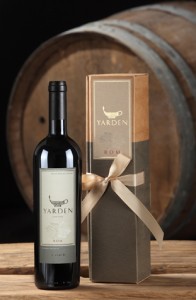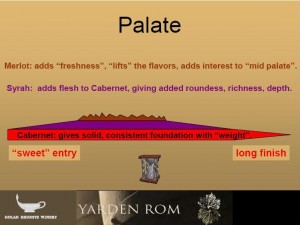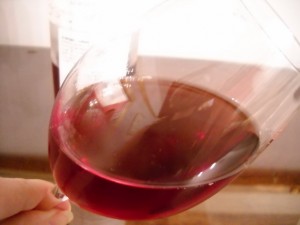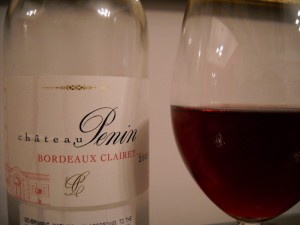September 2010
Summer has not yet quite finished out its tenure, but the 2010 harvest is already in full swing. Having been spared from the potentially devastating Hurricane Earl, many of the white grapes have begun to be picked and brought into the winery, while the red grapes will remain to finish ripening for a few more weeks.
Right on cue, the East End’s first HARVEST Wine Auction & Celebration will take place on September 24-25, 2010. As a reminder, Grand Cru Classes will offer its “From Mystery to Mastery” class through the Wine Salon as part of this two-day event.
The HARVEST event and the actual harvest signal autumn’s impending return, which also finds children returning to school this month and answering the age old question of what they did on their summer vacations. With family stories in mind, this month we look at the Concannon Family and its history.
And, we encourage you to return to school this fall as well…wine school that is. Tracy will reprise her Sex, Wine & Chocolate event on October 5, 2010 with nationally recognized sex coach and certified sexuality educator, Amy Levine, at the amazing Coco de Mer erotica and lingerie store. Savor every sip, taste and touch more fully through this decadent tasting of wine paired with Bond Street chocolates, which integrates a unique look at the intersection of these three joys in life. Call the store at 212-966-9069 to reserve your spot.
For tamer, but equally wine savvy, classes, turn to Tracy’s classes, which will be offered NYU’s School of Continuing & Professional Studies. She is also teaching the WSET Intermediate Certificate at the International Wine Center on Mondays, starting October 18, 2010.
Drink wisely and well,
Tracy Ellen Kamens, Ed.D., DWS, CWE
CEO: Chief Education Officer
and
Jared Michael Skolnick
COO: Cork Opening Officer
All in the Family
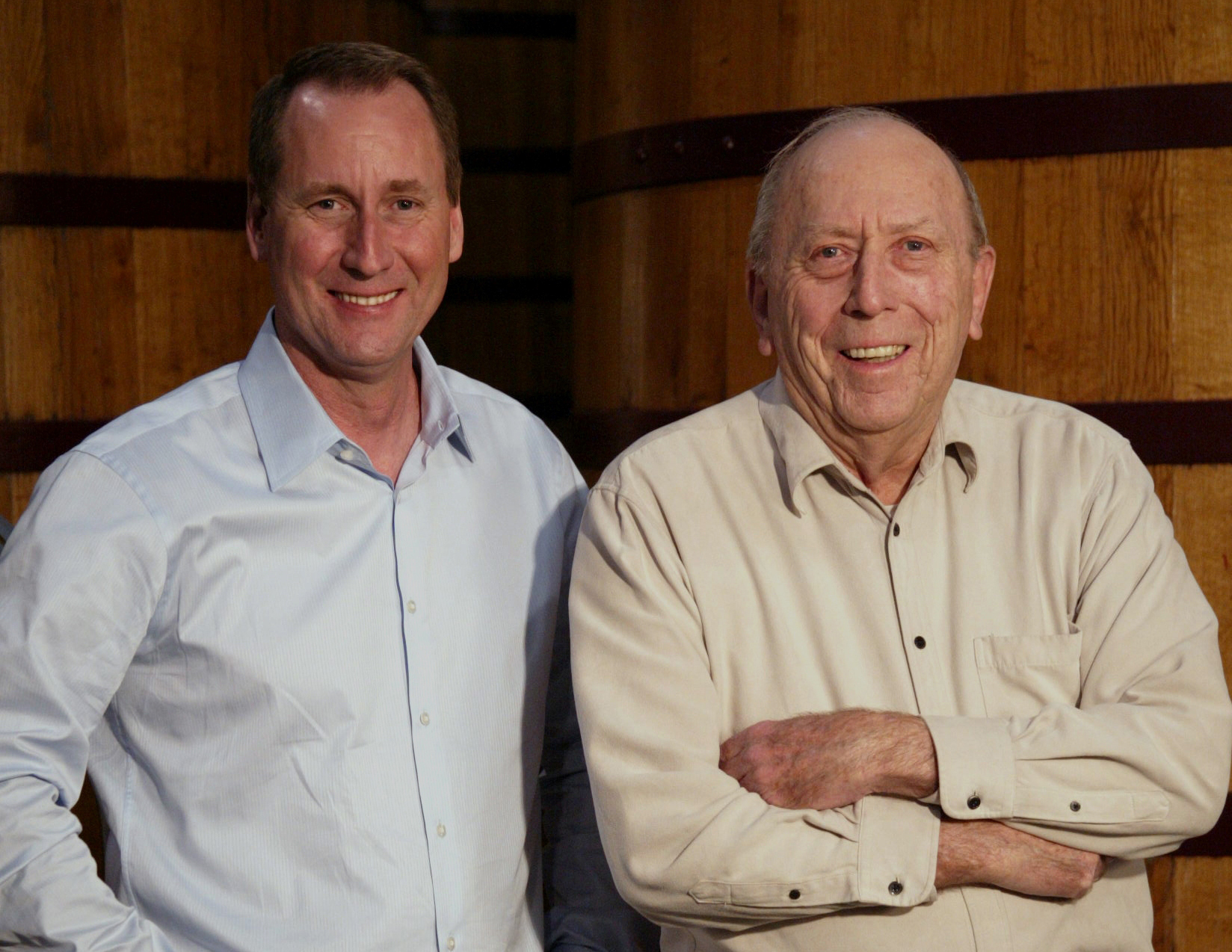
Two Generations of the Concannon Family
I first met the Concannon family in a grocery store in California. No, I didn’t have the pleasure of meeting a member of the family, that came later, but yes, you can actually buy wine at the same time that you stock up on those other staples in life – milk, bread, cereal and ice cream – at the supermarket in some states. Rather, a family vacation had brought by parents, sister and I to San Diego and we were browsing the wine aisle in search of an inexpensive wine to enjoy with dinner. I’m not sure what drew us to the Concannons, but we picked up the bottle, placed it in the cart along with a rotisserie chicken and sides and headed back to our studio room at the hotel. We were not disappointed.
This past summer, I actually had the opportunity to meet John Concannon, the fourth generation of Concannons to run his family business, for dinner at Brasserie Ruhlmann, with his wines poured throughout the meal. I was very impressed with John and the wines, both of which were (food)-friendly and approachable. Over the course of dinner, John shared his family’s history with me, further adding to my appreciation of Concannon.
In addition to having wine in their blood, the Concannon family is also proud of its Irish heritage, with founder James Concannon becoming the first Irish immigrant to establish a winery in the U.S. John owes his family’s legacy to Great Grandmother Ellen who devised to keep her husband closer to home. Born on St. Patrick’s Day, James initially moved to the U.S. and found work in the rubber stamp business, but his wife, Ellen, insisted he stay in the area and make wine for the church instead. Following his wife’s advice, James bought 47 acres of land in California’s Livermore Valley and planted vines in 1883.
Building on their lengthy history, in the 1950s, the family was the first to hire a female winemaker. And, in 1961, the Concannons celebrated both the arrival of John and the launch of America’s first varietally-labeled Petite Sirah. Today, Concannon is the oldest, continuing operating U.S. winery under the same family and heralds its 127th harvest this year. John’s niece, Shannon, is already eagerly asking her dad questions about the wine business, ready to take the helm of her family’s venture, although it is expected that she will at least complete grammar school before doing so.
While Concannon’s Reserve and Heritage wines are only available at the winery, two other tiers of Concannon wines are widely available:
- Concannon Selected Vineyards – grapes sourced from California’s Central Coast; $10.00 and under
- Concannon Limited Release – comparable to the winery’s Reserve wines; includes the Conservancy wines, which are sourced from Livermore Valley vineyards that have been preserved as agricultural land in perpetuity; $15.00
Tasting Notes
Concannon Vineyard, Sauvignon Blanc 2008, Livermore Valley (CA), USA, $10.00
Mildly aromatic with aromas of grapefruit and lime, this wine is dry, with restrained fruit flavors of grapefruit, lime, citrus pith and stone, anchored with vibrant acidity.
Concannon Vineyard, Conservancy Chardonnay 2008, Livermore Valley (CA), USA, $15.00
Aged in French and American oak barrels, the nose is greeted with slight toast and nut notes, along with melon. The dry palate presents with medium+ acidity and flavors of melon, citrus, mineral and noticeable, but well-integrated oak. It paired beautifully with a blue crab salad.
Concannon Vineyard, Conservancy Merlot 2007, Livermore Valley (CA), USA, $15.00
Sourced from a cool area, this Merlot is bright and fruity with aromas of plum, cherry and herbs. Medium acidity and medium tannins join the dry palate, which offers black cherry and leafy notes.
Concannon Vineyard, Conservancy Cabernet Sauvignon 2007, Livermore Valley (CA), USA, $15.00
Produced from 93% Cabernet Sauvignon and 7% Syrah, this wine is dry, with medium acid, full body and medium, ripe tannins. Aromas and flavors of blueberry and spice are joined with a hint of dark cocoa.
Concannon Vineyard, Conservancy Petite Sirah 2007, Livermore Valley (CA), USA, $15.00
Deep aromas of blackberry, smoke herald this dry wine, which has medium acidity, a full body, and notes of blackberry, smoke and oak wrapped around finely-grained tannins.


